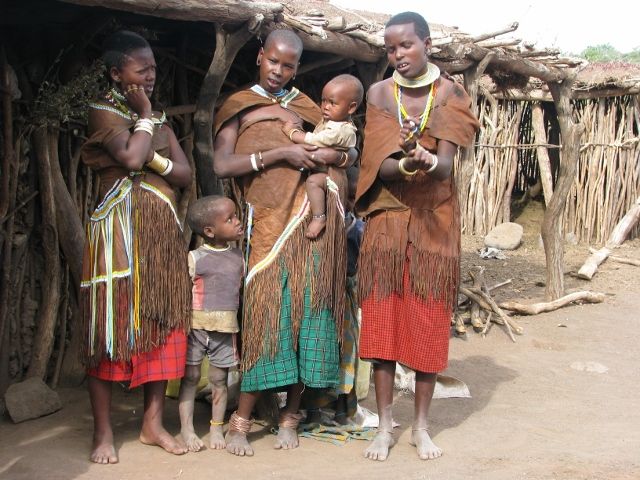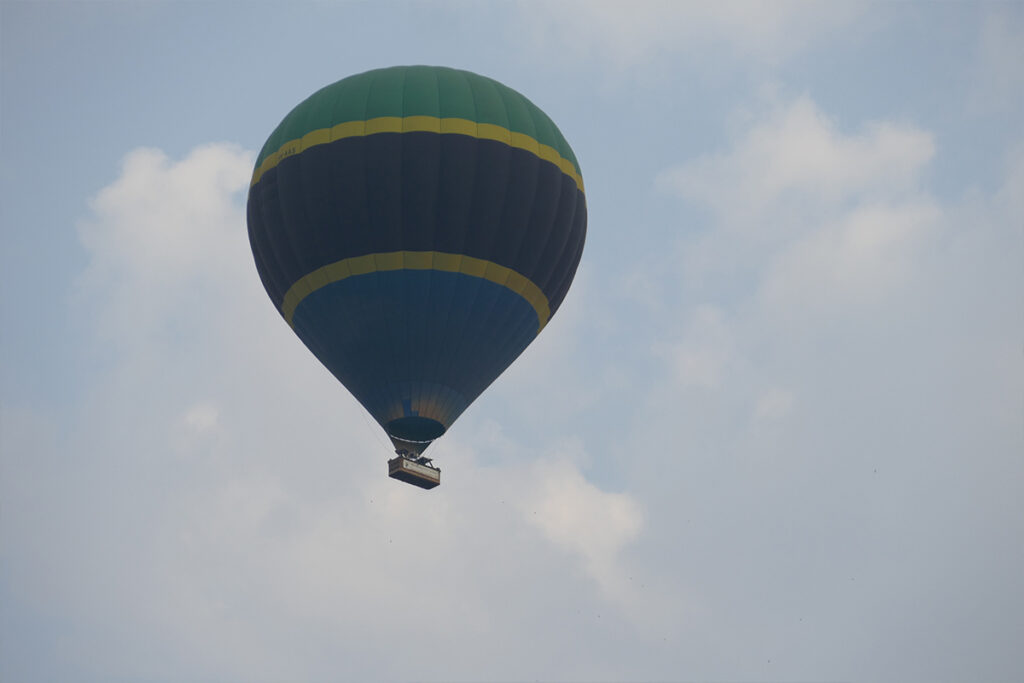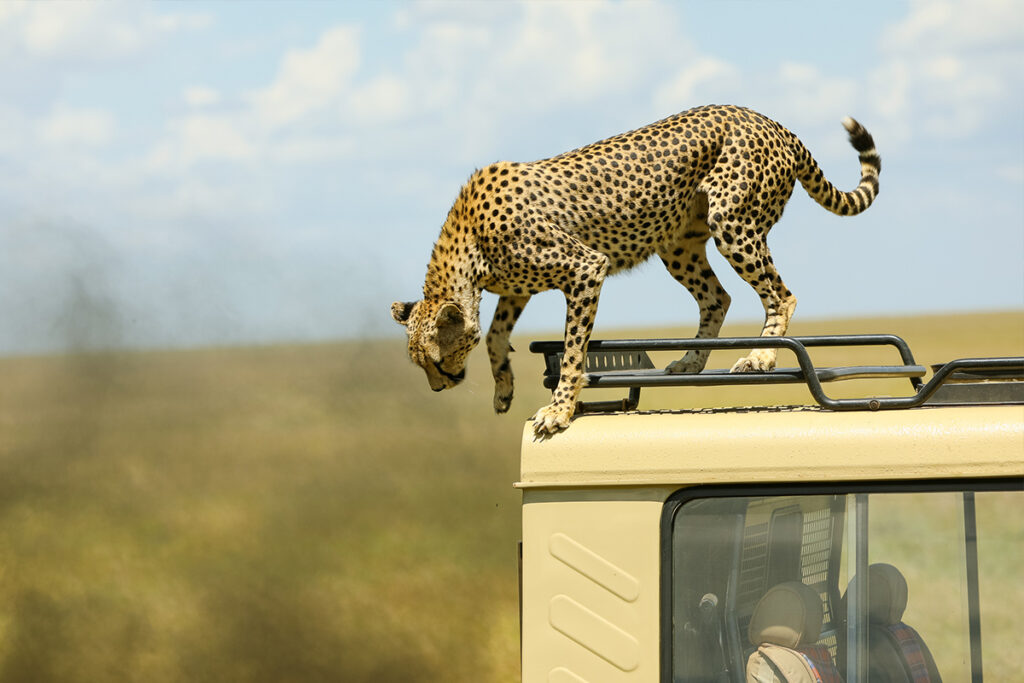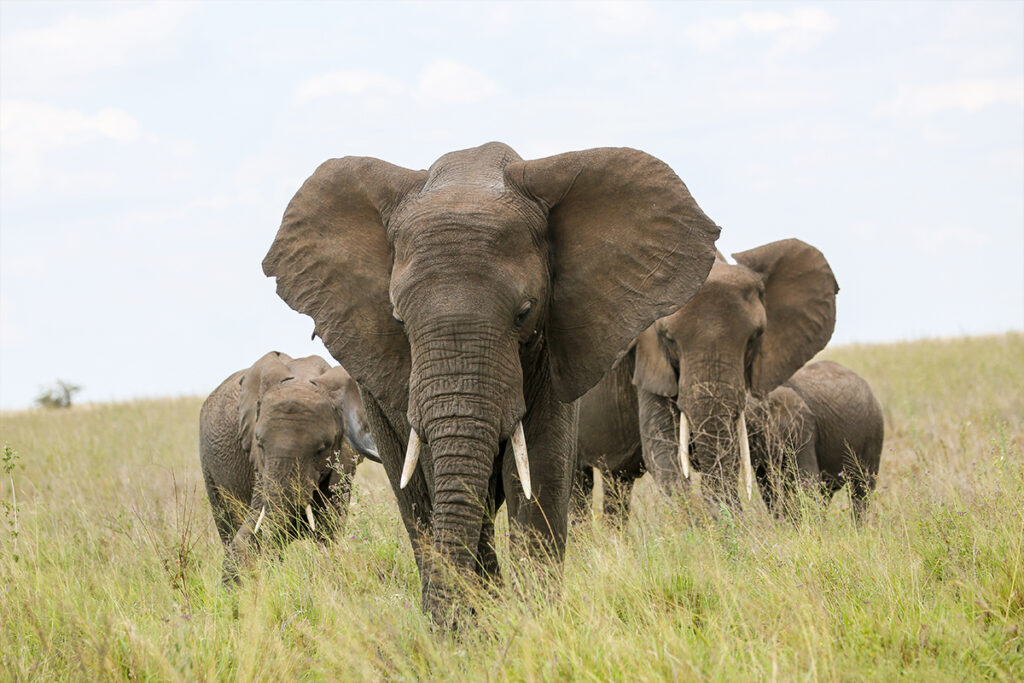In the vibrant tapestry of African rhythms, the Nyamwezi traditional dances stand out, not just as a cultural relic but as a living, breathing heritage. These dances are not mere performances; they are acts of storytelling, binding generations through shared experiences. The complexity and symbolism embodied in each step and gesture offer a profound connection to the ancestral lineage of the Nyamwezi people.
Historically, Nyamwezi dances have been integral to various ceremonies, from harvest celebrations to spiritual rituals. The emergence of these dances can be traced back to ancient traditions that emphasized unity and community cohesion. Today, they are celebrated for their dynamism and ability to unite crowds, preserving vital aspects of the Nyamwezi identity even in the face of modern challenges.

Exploring the Roots: The Origin of Nyamwezi Traditional Dances
The Nyamwezi people have always had a rich tradition of dance deeply embedded in their culture. From ancient times, these dances have been used to celebrate important events, connect communities, and pass down stories. The rhythms and movements tell tales of their ancestors and the natural world around them. According to this post, each dance has its unique style, reflecting the Nyamwezi’s diverse cultural tapestry. Their dances are symbolic, with each step representing a part of their history.
In tracing back the origins of these dances, you can discover the Nyamwezi’s connections with neighboring tribes. Cultural exchanges influenced their music and dance styles, creating a blend of rhythms and steps. These influences are evident in the drumbeats and hand claps that define their performances. Many Nyamwezi dances are linked to specific rituals, and they evolve as the community engages with different experiences. Through this adaptation, their traditions remain alive and relevant today.
Traditional dances were not only about celebrations; they also played a role in spiritual ceremonies. During these events, dance served as a medium to communicate with the spiritual realm. Dancers would often wear intricate costumes, adding to the visual storytelling. The costumes, made from local materials, further symbolize the connection between the people and their environment. Here is the article about how attire and music create an immersive experience for both the dancers and the audience.
Though the core of Nyamwezi dance remains unchanged, modern influences have brought some variation. Young dancers today incorporate contemporary styles, offering a fresh take on age-old traditions. Yet, these changes enhance, not replace, the traditional aspects. Today, gatherings, festivals, and performances continue to showcase this vibrant cultural expression. The adaptability of the Nyamwezi dances ensures their lasting significance in the fast-evolving world.
Nyamwezi tribe dance from Tabora Tanzania
The Historical Context and Evolution Over Time
Nyamwezi traditional dances have a fascinating history that reflects their ties to African cultural evolution. Initially rooted in ancient rituals, these dances were integral to community events and spiritual ceremonies. They provided a way to convey stories and traditions orally, long before writing was widespread. Notably, these dances symbolized the tribe’s triumphs and challenges. Over time, historical events and interactions with other tribes enriched their dance repertoire.
As different cultures came into contact with the Nyamwezi people, their dances began to embody diverse influences. This cultural exchange welcomed new rhythms and instruments, expanding the depth of traditional performances. Furthermore, colonial times introduced new music styles, subtly affecting the Nyamwezi’s vibrant rhythms. Despite these changes, core elements, like dynamic drumming and footwork, remained robust. These enduring features helped preserve the unique identity of the Nyamwezi dances.
Through the years, modernization brought even more alterations to traditional dances. Young generations, exposed to global media and music, started incorporating modern styles into their performances. Such amalgamations not only revived old dances but showcased the Nyamwezi’s adaptability. Schools and cultural institutions now play a role in teaching and preserving these dances. Thus, while traditional, Nyamwezi dances have evolved to reflect both their heritage and the world today.
Efforts to preserve these dances continue, with many initiatives focusing on education and cultural preservation. Community festivals, workshops, and competitions encourage young people to engage with their cultural heritage. Local groups often organize events to teach the younger generation about their cultural roots. Social media also plays a role by sharing performances and stories with a wider audience. This dynamic blend of tradition and modernity keeps the spirit of Nyamwezi dances alive.
The Role of Dance in Nyamwezi Culture and Community
Dance holds a central place in Nyamwezi culture, intricately woven into the fabric of their daily lives. It is not just an art form; it’s a means of communication and expression. During significant life events, such as weddings, births, and funerals, dance is a vital component. These performances offer a way for the community to come together in both joy and sorrow. Through dance, the Nyamwezi people express their collective emotions and reinforce their social bonds.
In the social hierarchy, dance often reinforces roles and responsibilities within the community. Traditional dances identify and honor distinct groups, such as warriors, elders, and initiates. By performing specific dances, individuals can celebrate their achievements and new stages in life. For example, initiation ceremonies for young boys and girls often involve elaborate dance routines. These dances mark their transition into adulthood and the new responsibilities they will undertake.
Religious and spiritual practices also heavily incorporate dance. Rituals and ceremonies often feature dances that facilitate a connection with ancestral spirits and the divine. The movements are believed to invoke blessings and protection from higher powers. Additionally, dances performed during agricultural festivals are meant to ensure bountiful harvests. Through these practices, the Nyamwezi maintain a harmonious relationship with the spiritual world.
Besides their traditional roles, dances serve as a form of entertainment and cultural education. Village gatherings and festivals feature energetic dance performances that entertain and educate audiences. These events provide an opportunity for the elders to pass down traditional knowledge to the younger generations. Watching and participating in dances helps the youth understand their cultural heritage. Capturing these moments in pictures or videos ensures that the beauty of Nyamwezi dance endures.
Key Elements and Characteristics of Nyamwezi Traditional Dances
One of the defining features of Nyamwezi traditional dances is the rhythmic drumming that sets the pace. Drums of varying sizes create a vibrant soundscape that resonates through the community. In addition to drums, hand clapping and singing accompany the dancers, enhancing the musical richness. This lively combination of sounds fosters a sense of unity among participants. Musicians and dancers effortlessly sync, highlighting cultural harmony.
Body movements in Nyamwezi dances are expressive and powerful. Dancers use gestures to convey stories, emotions, and cultural values. Their movements often mimic aspects of nature, like the sway of trees or the flow of water. Through these symbolic gestures, dancers communicate narratives of life, love, and community. This physical storytelling captivates audiences and deepens cultural appreciation.
Costumes play a crucial role in enhancing the visual impact of the dances. Dancers adorn themselves in brightly colored garments, often handmade from local materials. These costumes, vibrant and full of detail, signify different roles within the story. Accessories like beads or masks add another layer of cultural symbolism. By incorporating these elements, the dances present a narrative rich in tradition.
The performance space holds its own significance in Nyamwezi dances. Dancers typically perform outdoors, with natural settings providing picturesque backdrops. The open environment allows for greater freedom of movement. Spectators gather in a circle, creating an intimate atmosphere that emphasizes the communal aspect. This setting fosters a connection between the audience and the dancers.
Traditional Nyamwezi dances embody a dynamic blend of art and cultural storytelling. With their intricate rhythms, expressive movements, and colorful costumes, these dances reflect a culture of depth and resilience. Here is a list of dances still performed today:
- Mganda
- Ngoma
- Chihula
- Maheme
Preservation Efforts and Modern Influence
In recent years, various initiatives have emerged to preserve the rich tradition of Nyamwezi dances. Cultural organizations and community elders have been pivotal in teaching these dances to younger generations. Workshops, storytelling sessions, and dance festivals are organized to highlight the importance of traditional arts. Such efforts ensure the dances remain vibrant and embedded in the community. Preserving these traditions also strengthens cultural identity among the younger Nyamwezi people.
Schools play a significant role in conservation by including traditional dance in their curricula. Students learn about the historical context and the stories behind each dance. This formal education fosters a deeper understanding and appreciation of their cultural heritage. Through regular practice and performance, students help keep the dances alive. As a result, each generation continues to pass down this valuable knowledge.
Modern influences, however, do not go unnoticed in Nyamwezi dances. Contemporary music and dance styles find their way into traditional performances. Younger dancers experiment with mixing traditional moves with modern techniques, creating new fusion styles. These adaptations reflect the dynamism and adaptability of Nyamwezi culture. This blend shows that while tradition is valued, there is room for innovation.
The popularity of these dances is also boosted by digital media. Performances shared on platforms like YouTube and Instagram reach broader audiences. People globally can witness and appreciate Nyamwezi’s rich cultural expressions. This exposure encourages cross-cultural exchanges and inspires others to explore their traditions. Social media thus acts as a bridge between past and present, bringing Nyamwezi dances to the world stage.
The intersection of preservation and modern influence is essential in maintaining the relevance of Nyamwezi dances. As they evolve, they continue to serve as a reminder of the rich cultural heritage of the Nyamwezi people. Through collaborative efforts and embracing change, these dances will captivate audiences for generations. Here’s a table illustrating how tradition meets modern influence:
| Traditional Aspects | Modern Influences |
|---|---|
| Drumming and Rhythms | Electronic Beats |
| Symbolic Costumes | Contemporary Fashion Elements |
| Story-based Performances | Fusion Dance Styles |
Impact of Nyamwezi Dances on Contemporary Arts
Nyamwezi dances have significantly influenced contemporary arts, creating a bridge between traditional and modern expressions. Artists across various disciplines draw inspiration from the vibrant rhythms and colorful performances. This influence is evident in visual arts, where painters and sculptors capture the essence of these dances. They convey the movement and energy seen in performances, preserving cultural narratives in new formats. As a result, traditional Nyamwezi themes find their place in modern creative works.
Music and dance collaborations are another area where Nyamwezi influences are prominent. Musicians incorporate traditional beats and melodies into contemporary songs. This blending of sounds produces innovative musical experiences that appeal to diverse audiences. In addition, modern choreographers often weave Nyamwezi movements into contemporary dance routines. These collaborations showcase the versatility of Nyamwezi dances, celebrating their influence on global stages.
The fashion world also feels the touch of Nyamwezi traditional styles. Designers draw inspiration from the intricate patterns and bold colors found in dance costumes. Creating garments that blend traditional elements with modern trends, they elevate these performances to fashion statements. This approach not only showcases cultural heritage but also highlights the enduring relevance of Nyamwezi artistry. The result is a fusion that is both fresh and deeply rooted in tradition.
Theater and drama productions often incorporate Nyamwezi dances to enhance storytelling. These performances, enriched with traditional movements, offer audiences a more immersive experience. Directors and actors utilize the expressive power of dance to convey emotions and narratives. The inclusion of Nyamwezi dances in contemporary theater brings a unique dimension to the stage. This helps preserve the storytelling tradition while enriching modern storytelling methods.
Nyamwezi dances have a lasting impact not only on artists but also on audiences who experience their beauty. The cultural significance embedded in each movement inspires admiration and curiosity. This widespread appreciation fosters cultural understanding and exchange among global communities. As Nyamwezi dances continue to inspire contemporary arts, they build a path for future generations to explore and celebrate their heritage. Here’s a list of the contemporary arts influenced by these dances:
- Painting and Sculpting
- Music and Dance Collaborations
- Fashion Design
- Theater and Drama Productions

Frequently Asked Questions
Nyamwezi traditional dances are a fascinating facet of Tanzanian culture. They offer insights into the history, beliefs, and community life of the Nyamwezi people. Here are some frequently asked questions to deepen your understanding of these vibrant cultural expressions.
1. What are the main themes depicted in Nyamwezi dances?
Nyamwezi dances often depict key aspects of life, such as community events, spiritual journeys, and historical narratives. The dances serve as storytelling mediums, capturing the essence of Nyamwezi beliefs and values. Through movements and gestures, dancers convey tales of triumph, nature’s beauty, and social unity. This form of expression allows them to reflect on their past and present experiences.
Additionally, these dances intricately showcase themes of balance and harmony, essential to the community’s ethos. Dancers often emulate natural elements, like wind and water, symbolizing life’s interconnectedness. They highlight the relationship between people and the surrounding world. Such themes emphasize cultural continuity, showing how the Nyamwezi honor their traditions while engaging with modernity.
2. How have Nyamwezi dances evolved over the years?
Over the years, Nyamwezi dances have undergone notable evolution, blending tradition with contemporary influences. Initially rooted in rituals and ceremonies, these dances served spiritual and communal purposes. With time, the integration of modern music styles and global dance influences has added new dimensions. This blend of past and present creates dynamic performances that resonate universally.
Younger generations are also incorporating contemporary elements into traditional routines, resulting in unique creative expressions. This adaptability has ensured the longevity and relevance of the dances. The changes reflect the evolution of Nyamwezi culture, showcasing resilience and innovation. Such transformations underline the community’s capacity to embrace diversity while preserving their cultural heritage.
3. What significance do costumes have in Nyamwezi dances?
Costumes in Nyamwezi dances play a vital role, enhancing the visual appeal and symbolism of performances. Made from vibrant and locally sourced materials, they reflect social status and roles portrayed in the dances. The colors and patterns often signify different stories and traditions. Beads, masks, and headdresses add further significance, capturing attention and conveying deeper meanings.
These costumes also offer insight into the Nyamwezi’s creativity and resourcefulness. The intricate designs and careful craftsmanship highlight the craftsmanship passed down through generations. Wearing these traditional garments connects dancers to their ancestors and community identity. Through costumes, the dances come alive, portraying the rich cultural history of the Nyamwezi.
4. Why are Nyamwezi dances important for community bonding?
Nyamwezi dances are crucial for community bonding, as they bring people together through shared experiences. They serve as a platform for expressing emotions, celebrating achievements, and supporting each other. During events like weddings and harvest festivals, everyone participates in the dances, fostering a sense of unity. By dancing together, community members strengthen their ties and create lasting memories.
These gatherings also provide opportunities for younger people to learn from elders, ensuring cultural continuity. Traditions passed down through dance teach respect, responsibility, and cultural pride. This intergenerational exchange enriches community life, promoting harmony and understanding. As a powerful symbol of unity, Nyamwezi dances continue to play an integral role in the social fabric.
5. What role does music play in Nyamwezi traditional dances?
Music is integral to Nyamwezi traditional dances, providing the rhythmic foundation for performances. Drums, hand clapping, and vocal harmonies set the tempo and enhance the overall experience. The music’s lively rhythm energizes both the dancers and the audience. Instruments like marimbas and flutes add unique layers, harmonizing with the dancers’ moves. This union of sound and movement creates an immersive cultural display.
The music also communicates specific narratives and emotions, enriching the storytelling aspect of the dances. Each beat or melody complements the dancers’ gestures, accentuating key moments. Musicians are highly respected, as their talents ensure the success of the performances. Through music, Nyamwezi dances come to life, highlighting the cultural and artistic spirit of the community.
traditional dance Nyamwezi tribe from Tabora Tanzania
Conclusion
Nyamwezi traditional dances are more than mere cultural artifacts; they are vibrant expressions of community identity and continuity. These dances encapsulate stories, emotions, and values, serving as living testimonies of the Nyamwezi people’s resilience. As these dances evolve, they seamlessly integrate contemporary influences while preserving their traditional roots.
Efforts to preserve and adapt Nyamwezi dances ensure their ongoing relevance and influence in various art forms. By tapping into the energy and creativity of younger generations, these dances continue to thrive and inspire. This dynamic blend of tradition and modernity showcases the enduring significance of the Nyamwezi cultural heritage in today’s world.



